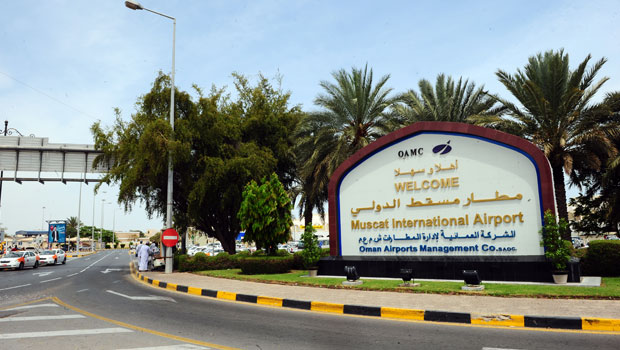
Oman has invested over $12 billion since 2010 on the revamping of its air transportation sector in a bid to keep up with the rapid growth seen in its Gulf Cooperation Council (GCC) neighbours.
The regional states own the world’s fastest growing airlines and their airports are fast becoming global hubs. Oman’s Gulf neighbours have only one strategy in mind. They are not just shuttling passengers across the globe, but marketing their countries in the new jet set age of travel. Their airports have been built as transcontinental hubs not just for catering to the destination traffic.
For years, Muscat Airport has lived in the shadow of Dubai, which has surpassed even Heathrow and reported the transit of two million passengers, making it the busiest airport last year. The average annual passenger traffic in Oman is less than 10 million a year, or just 15 per cent of the total traffic in Dubai.
With three regional airports, one international and the other located half way between the two, this leads to a question as to what is the strategy of Oman’s air transport industry?
Apart from the decongestion of air routes, minimising passenger bottlenecks and unlocking airspace capacity, Oman needs to harness the capabilities of a modern fleet and deploy technology to optimise both ground services and airspace management. Currently, Omani airports have a fuzzy outlook when it comes to setting up goals for its staff. They need to align the talent of its workforce and staffing needs with these strategic goals.
Currently, the Sultanate is evaluating new ways to compensate for the losses of low oil prices. The last thing the government needs is for its air transport industry to consume more funds that have small results. The answer is not just to raise aeronautical fees or airport taxes and hope that this would help pay off for the huge financial outlay the airports have been funded from. Similarly, the noble act of inviting business partners in ground handling or air cargo would not be enough. It is more complex than that.
Investors would like to see strategic targets and solid commitments. But the strategy of the airports is not just confined to the size of the terminal building, the concourse structure or the capacity of the runway, but to the infrastructure of the country as well. Countries that run an efficient air transport industry go one critical step further. They tie up the airports with the needs of their national economies. All the major players at local airports, the Oman Airports Management Company, Oman Air and Public Authority of Civil Aviation are government owned. The most successful airports have their core services fully privatised. They know that the governments of the world, riddled with heavy bureaucracy, cannot manage these airports efficiently.
The five airports in the country enjoy unparallel monopoly because their services are fully owned by the government. With this scenario, how will private investments pour in to expand the air traffic activities? The Omani airports need to compete with each other.
Competition is a catalyst for efficiency and success. That would not happen if the airports have one owner and one rule for the entire air transport process. It is impossible for one owner to deliver operational excellence or be cost effective. In a rapid changing aviation industry, to provide outstanding customer services and global access, Oman needs to change its vision and mission.
International airlines and airports tenants can be used as world class facilities. For example, is it realistic for big airlines to sign bilateral agreements to fly to smaller airports in Duqm, Salalah and Ras Al Hadd? Do they have incentives and a justification for operating there?
Oman cannot be a one-airport affair by building its reputation in Muscat alone. Other airports need to reap the benefits and justify the investments. These are the kinds of questions needed to be asked. The country needs to redefine its relationship and alliances with its partners and focus on becoming a most preferred destination and not living in the shadow of a super airport next door.